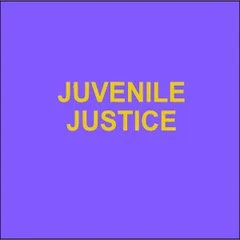By Richard A Mendel
Diverting youth from juvenile court involvement should be a central focus in efforts to reduce racial and ethnic disparities and improve outcomes in our nation’s youth justice systems. Clear evidence shows that getting arrested in adolescence or having a delinquency case filed in juvenile court damages young people’s futures and increases their subsequent involvement in the justice system. Compared with youth who are diverted, youth who are arrested and formally petitioned in court have far higher likelihood of subsequent arrests and school failure. Pre-arrest and pre-court diversion can avert these bad outcomes. Research shows that Black youth are far more likely to be arrested than their white peers and far less likely to be diverted from court following arrest. Other youth of color – including Latinx youth, Tribal youth, and Asian/Pacific Islander youth – are also less likely than their white peers to be diverted. The lack of diversion opportunities for youth of color is pivotal, because greater likelihood of formal processing in court means that youth of color accumulate longer court histories, leading to harsher consequences for any subsequent arrest. Expanding diversion opportunities for youth of color therefore represents a crucial, untapped opportunity to address continuing disproportionality in juvenile justice.
Washington, DC: The Sentencing Project, 2022. 38p.





















